Comprehensive Evaluation Framework: Assesses brands across six core dimensions of sustainability and trust.
Consumer-Centric Insights: Incorporates consumer perceptions to understand brand reliability and societal impact.
Sector-Neutral Approach: Evaluates brands across diverse industries, ensuring inclusivity and relevance.
Actionable Intelligence: Provides stakeholders with data-driven insights to drive strategic decision-making.
Global Standards, Local Relevance: Aligns with international best practices while addressing Pakistan’s unique market dynamics, on a standardized scale of *0 to 100*. The scoring process involves:
The BIP methodology is professionally documented in detail and is available upon client’s request. The index is subject to
periodic independent auditing to ensure the accuracy, reliability, and objectivity of its results.
By providing a comprehensive and rigorous assessment of brand performance in the context of sustainability and trust, the BIP empowers stakeholders to make informed decisions and contribute to a more responsible and sustainable marketplace in Pakistan.
Data collection methods include:
Online Surveys: Cost-effective and scalable, reaching a diverse sample.
Representative Sampling: Ensures the sample reflects the target population in terms of age, gender, income, education, and other demographics.
Sample Size: Statistically significant sample sizes are determined for each country, typically involving hundreds or thousands of respondents.
Data Security and Privacy: Compliance with GDPR regulations to protect respondent confidentiality.
The data analysis process includes:
Data Cleaning: Removing inconsistencies or errors from raw data.
Statistical Analysis:
- Descriptive Statistics: Summarizing data using means, medians, and frequencies.
- Correlation Analysis: Examining relationships between sustainability criteria and overall brand perception.
- Regression Analysis: Identifying key drivers of sustainability perception.
ANOVA: Comparing perceptions across consumer segments.
Factor Analysis: Identifying underlying dimensions of sustainability perception.
Index Calculation: Aggregating weighted scores across criteria to calculate an overall sustainability score for each brand.
The BIP methodology is refined through:
- Feedback Loop: Collecting stakeholder feedback to improve the methodology.
- Periodic Updates: Updating the index to reflect changes in consumer perceptions and brand practices.
- Confidentiality: Ensuring the anonymity of survey respondents.
- Transparency: Maintaining openness in methodology and data collection.
- Bias Mitigation: Implementing measures to minimize bias in data collection and analysis.
- Defining Sustainability: Balancing comprehensiveness and measurability.
- Consumer Awareness: Addressing varying levels of consumer understanding of sustainability.
- Green washing: Mitigating the impact of misleading sustainability claims.
- Data Availability: Ensuring access to reliable and consistent data.
- Cultural Differences: Accounting for variations in sustainability perceptions across Pakistan.
- Dynamic Landscape: Regularly updating the methodology to reflect evolving sustainability trends.

Partner with Brand Index to unlock your brand’s full potential. Whether you’re looking to improve brand perception, optimize positioning, or gain a competitive edge, our experts are here to help.
+923 03 03 87 333
info@brandsindex.org
H-41, P.E.C.H.S Block-2, Karachi, Pakistan.
Copyright © 2025 All Right Reserved Brand Index of Pakistan